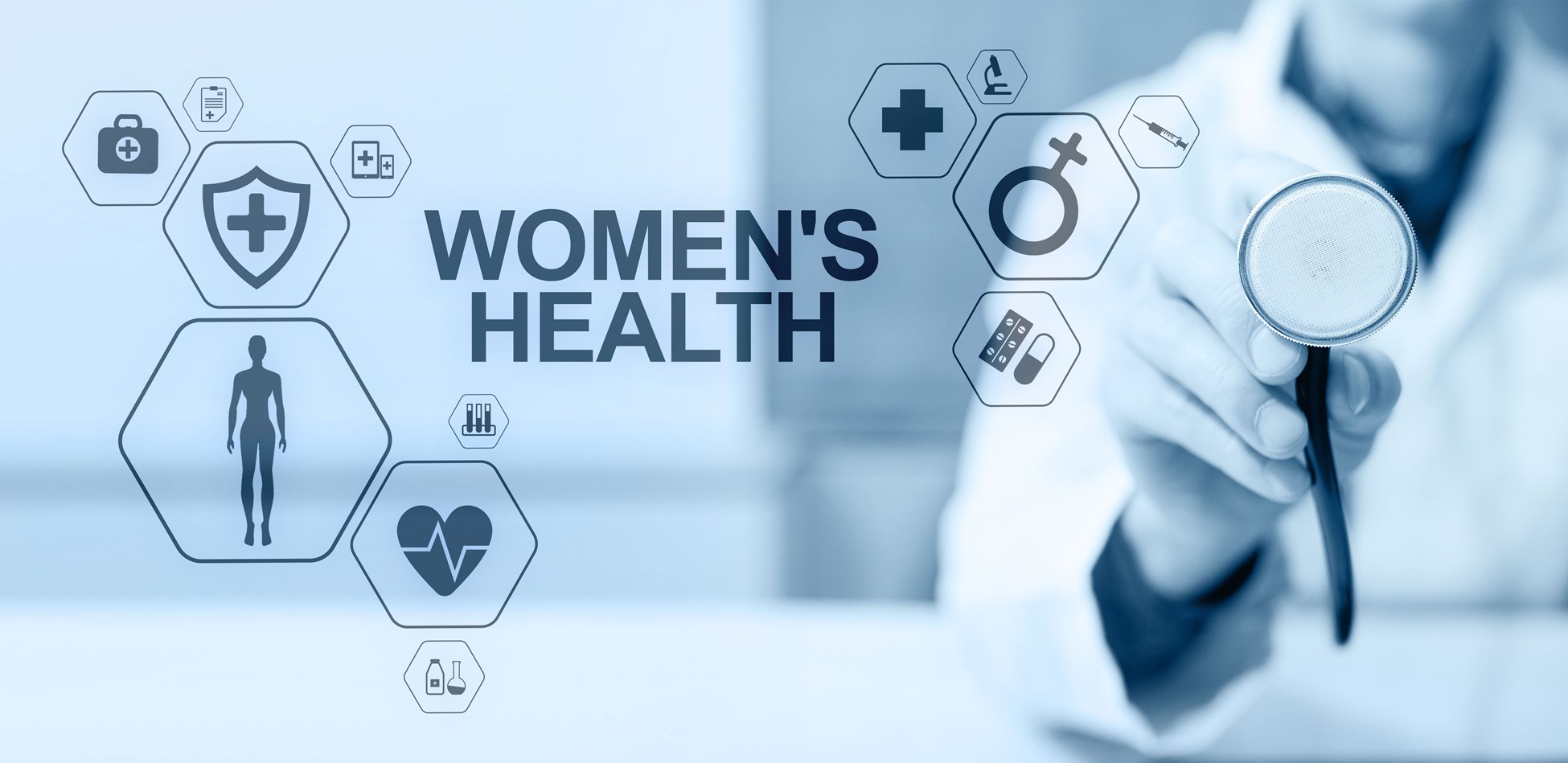We’ve come a long way in our evolution of defining “women’s health” over the last two decades. No longer are we limited to our reproductive organs, but women’s health is starting to be understood in a more wholistic way, as health across the lifespan. According to the American Medical Association’s most recent definition, women’s health refers to “all health conditions for which there is evidence in women compared to men of differing risks, presentations, and/or responses to treatment, as well as reproductive issues exclusive to women.”
Part of this evolution is due to the work of the Offices on Women’s Health within the federal government. These offices were established in various agencies across the Department of Health and Human Services (HHS) in the 1990s, including in the National Institutes of Health (NIH), the Food and Drug Administration (FDA) and the Centers for Disease Control and Prevention (CDC). Subsequently, many of these offices were secured in statute as part of the Affordable Care Act in 2010 – due in large part to the advocacy efforts of WomenHeart and many partner organizations. When they live up to their statutory obligations, these offices play an essential role in prioritizing, coordinating and highlighting the health needs of women across the health continuum and lifespan.
It is essential that these offices remain and are strengthened. Despite women continuing to experience health disparities, unfortunately, women’s health programs and research are still woefully underfunded. For example, a study published recently in the Journal of Women’s Health which examined gender disparity in the allocation of research funding among diseases found that “NIH applies a disproportionate share of its resources to diseases that affect primarily men,” under-funding research on diseases in which women carry a greater burden. At the same time, another study found that increasing funding for women’s health research on coronary artery disease (CAD) would result in a large return on investment with improved health-related quality of life for women.
And so the work continues. On October 20, the Office of Research on Women’s Health (ORWH) within NIH hosted a conference in response to a congressional request that the NIH address the women’s health research agenda. WomenHeart submitted comments with recommendations for the following research priorities: focus on missed and delayed diagnosis of heart disease and other conditions that commonly impact but too often are overlooked in women; focus on how better to diagnose and treat conditions that present during or soon after pregnancy; focus on understanding why women may opt out of clinical trial participation early in a trial or choose not to participate at all; focus on health disparities among LGTBQ+ adults; and to consider ways to incorporate patient stories into research.
Going forward, WomenHeart will continue engaging with and supporting the Offices of Women’s Health to ensure that each office has the resources, level of influence and support needed to make a marked impact on improving women’s health. For example, WomenHeart helped start and is on the Executive Committee of the Friends of ORWH. This coalition, which will advocate for federal support of ORWH’s mission, includes organizations representing researchers, clinicians, patients and policy advocates that are committed to addressing sex and gender disparities in health and prioritizing research gaps and unmet needs to advance women’s health. Further, we will meet with the Biden Administration and Congress to make clear that women’s health must be a priority across the federal government.




